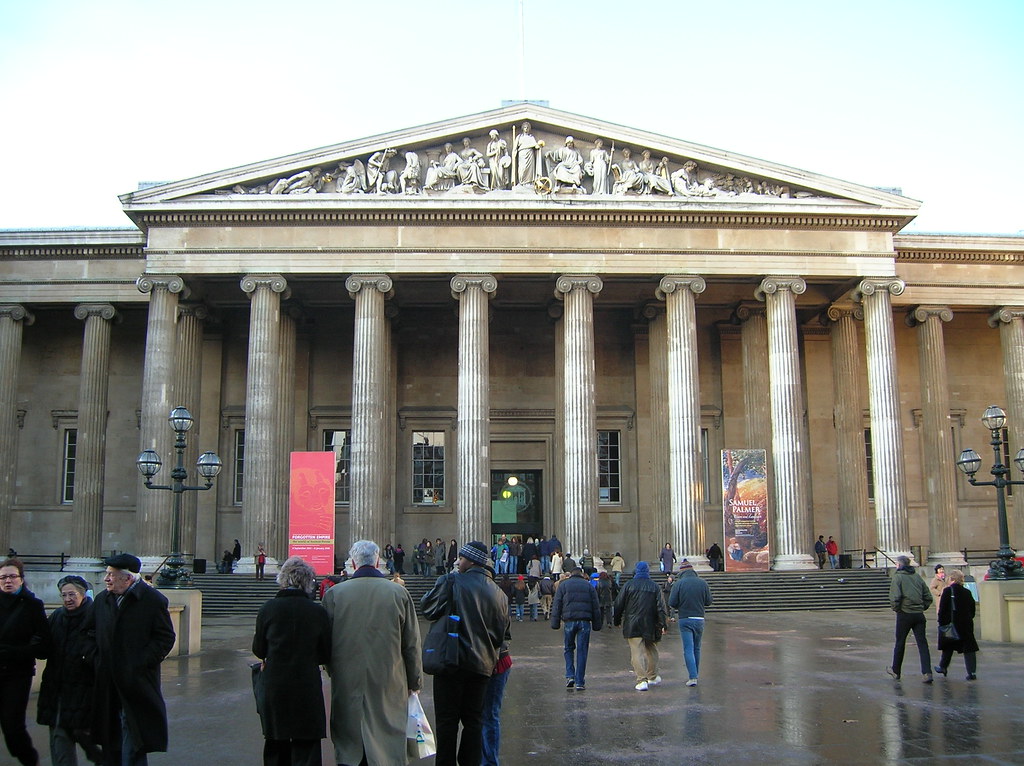[ad_1]
With the new “Indiana Jones” movie due out this summer, the debate on whether artifacts belong in Western museums or in their home countries goes ever on.
While museums and nations argue over ownership, stolen artifacts wait for their return to their native cultures.
With the annual Met Gala, the Metropolitan Museum of Art uses this time to showcase its new fashion exhibit. Museums across the world benefit from additional visitations through occasions like this.
At the same time, stolen artifacts also gain more scrutiny.
Stolen during raids and times of conflict, these artifacts stay behind display cases in Western nations away from their home cultures and peoples.
STEALING ARTIFACTS, STEALING CULTURES
Chika Okeke-Agula is a Nigerian artist, art curator and historian who teaches at Princeton University in New Jersey, U.S.A.
“Think about what this is implying: that some kid from Nigeria can always go to the British Museum or the Metropolitan Museum … to look at Benin bronzes,” Okeke-Agula said to Padraig Moran for CBC radio.
A longstanding defense for removing cultural properties is termed “rescue.” There are some who argue that artifacts are safer from periodic conflict in Western museums. Many objects shown in museums like the Rosetta Stone or the Bust of Nefertiti are examples.

“It’s hard to take the concept of ‘rescue’ seriously, although there are recent cases when Islamic terrorists, as in Mali, have attempted to destroy [Muslim] shrines and texts housed in places like Timbuktu. In this case, it was African libraries who protected those artifacts,” says Thaddeus Sunseri, a professor of African History for Colorado State University.
Sunseri believes the British Museum and other Western curators understand the significance of these artifacts for collections and tourism, therefore becoming reluctant to return them.
ART VERSUS ARTIFACT
“The major museums of the world that ‘own’ and display looted Holocaust art and/or the spoils of war or trophies of colonialism … are no longer part of an academic debate,” Michael Reppas writes. “Instead, they are finding themselves as defendants in high-powered and high-staked lawsuits where their entire collections are on the line.”
As a Colorado State University art student, Quinn Ocheltree sees the blurred line between artifact and art. Societal views often dictate the treatment of these objects and their cultural value.
“It’s like taking away part of their culture, part of their history,” Ocheltree said. “How can they celebrate these objects as art or as part of their history when they’re not even in the country?”
From 1880-1960/1990, European colonizers stole African artifacts as spoils of conquest. African leaders had their heads severed as trophies, works like the Benin Bronzes entered European museums, and often anthropologists collected bones to study evolution or support racist and eugenic theories.
Sometimes, westernized museums still demean African heritage by using these artifacts to show backwardness and a “savior” ideology of colonizers.
It’s important for Africans, including schoolchildren, to see remains of their heritage.
Thaddeus Sunseri
GOING FORWARD
Places like the National Museum in Dar es Salaam, Tanzania, where Sunseri conducts research, curate artifacts from several surrounding cultures. Many African states didn’t become nations until recent decades, but the celebration of multi-ethnic cultures has aided in building national identities.

Sentiment for the preservation of cultures is growing, especially for younger generations.
“It’s really cool to see [these artifacts] because we’re coming into this age where we’re sharing cultures a lot more but at the same time, it’s like, how many of these objects are there? And should they be in their original countries or not?” Ocheltree says.
Many museums are considering digital collections as alternatives for these pieces. It’s still unclear when or if these artifacts will return home in favor of these digital substitutions.
Related
[ad_2]
